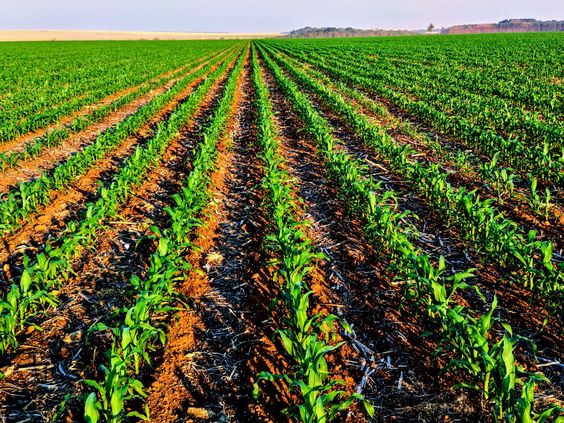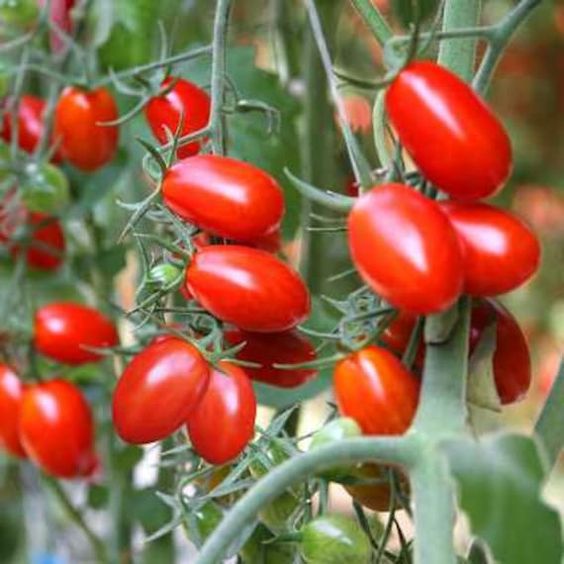Greening in Agriculture: Cultivating a Sustainable Future
Greening in Agriculture sector is facing a multitude of challenges. A growing global population demands more food production, while climate change threatens water resources, soil fertility, and overall crop yields. This necessitates a shift towards a more sustainable approach – one that embraces innovation and technology while prioritizing environmental responsibility. This is where the concept of “greening smart agriculture” comes into play.
Introduction to Greening Smart Agriculture
Smart agriculture, also known as precision agriculture, utilizes data and technology to optimize farming practices. Sensors, drones, and internet-of-things (IoT) devices gather real-time information on factors like soil moisture, nutrient levels, and weather conditions. This data is then analyzed by software platforms, allowing farmers to make informed decisions on resource utilization, irrigation scheduling, and fertilizer application.
Greening smart agriculture takes this concept a step further. It integrates sustainable practices with the data-driven approach of smart Greening in Agriculture. This creates a holistic system that maximizes efficiency, minimizes environmental impact, and promotes long-term agricultural sustainability.
Key Elements of Greening Smart Agriculture
Several key elements contribute to a greener and smarter agricultural approach:
-
Precision Irrigation:
Sensors monitor soil moisture levels, allowing for targeted irrigation based on precise needs. This minimizes water waste and ensures water reaches the roots when it’s most beneficial for plant growth. -
Nutrient Management:
Soil analysis and plant sensors identify specific nutrient requirements, enabling farmers to apply fertilizers with precision. This reduces excess fertilizer application, minimizing nutrient runoff that can pollute waterways. -
Integrated Pest Management (IPM):
Combined with data on weather conditions and pest activity, smart systems can alert farmers to potential pest outbreaks. This allows for targeted application of biocontrols or natural pesticides, minimizing the need for broad-spectrum chemical applications that harm beneficial insects and pollinators. -
Cover Cropping Greening in Agriculture:
Planting cover crops during off-seasons protects the soil from erosion, suppresses weeds, and fixes nitrogen in the soil, reducing the need for synthetic fertilizers. -
Conservation Tillage:
Minimal tillage practices minimize soil disturbance, promoting soil health and organic matter content. This improves water retention, reduces erosion, and promotes beneficial microbial activity. -
Precision Livestock Farming:
Smart technologies such as wearable sensors can monitor animal health and well-being, allowing for targeted feed supplements and early detection of disease. This reduces antibiotic use and promotes animal welfare.
Benefits of Greening Smart Agriculture
The implementation of Greening in Agriculture practices results in several benefits for farmers, consumers, and the environment:
-
Increased Efficiency and Productivity:
Data-driven decision-making and targeted resource use optimize resource utilization, leading to higher yields and improved farm profitability. -
Environmental Sustainability:
Reduced water waste, minimized nutrient runoff, and soil conservation practices contribute to a healthier environment. -
Improved Food Quality:
Precision farming techniques and reduced chemical use lead to higher-quality, more nutritious food. -
Reduced Carbon Footprint:
Sustainable practices decrease greenhouse gas emissions associated with agriculture, contributing to climate change mitigation. -
Enhanced Animal Welfare:
Livestock monitoring and targeted interventions promote healthier animals and reduce the use of antibiotics in animal production.
Challenges and Opportunities
Despite the benefits, implementing Greening in Agriculture solutions comes with certain challenges:
-
Cost of Technology:
The initial investment in sensors, software, and other technological tools can be a significant barrier for some farmers. -
Digital Divide:
Unequal access to digital infrastructure and internet connectivity in rural areas can hinder the adoption of smart farming practices. -
Data Security Concerns:
The security of sensitive agricultural data from cyber threats needs to be addressed to ensure farmer confidence.
Overcoming Challenges and Promoting Green Smart Agriculture
To effectively promote Greening in Agriculture, several approaches are needed:
-
Government Support:
Financial assistance programs, tax incentives, and infrastructure development can help farmers overcome the initial cost barriers of adopting smart technologies. -
Public-Private Partnerships:
Collaboration between government agencies, technology companies, and agricultural organizations can develop affordable and accessible smart farming solutions tailored to local needs. -
Education and Training Programs:
Training programs for farmers on using smart agriculture tools and interpreting data effectively are crucial for successful implementation. -
Farmer-to-Farmer Knowledge Sharing:
Platforms to facilitate knowledge exchange between farmers who have adopted green smart agriculture practices and those who are considering adoption can accelerate progress.
Conclusion: Greening in Agriculture
Greening in Agriculture offers a promising pathway towards a more sustainable and productive agricultural future. By integrating data-driven decision-making with environmentally responsible practices, farmers can optimize resource use, minimize environmental impact, and enhance the overall efficiency of the agricultural sector. Implementing supportive policies, fostering collaboration, and empowering farmers through education




